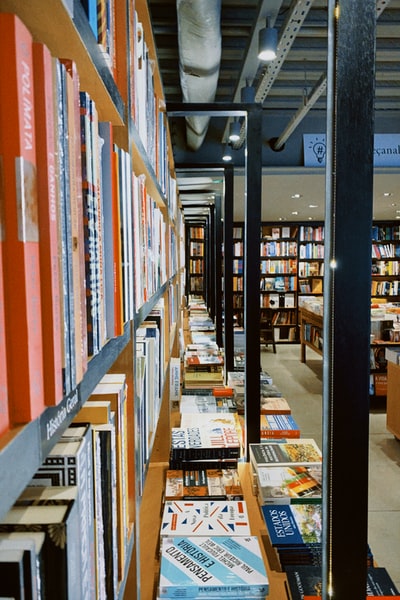Lenin’s First Moves

* He Took Steps to Set up a Dictatorship: Having won power, Lenin wasn’t going to let his opponents have the chance to take it back from him. The Petrograd Soviet was already under his control, so the next step was to abolish the Provisional Government’s Constituent Assembly. He then set up a secret police, called the Cheka, whose job was to track down and arrest his opponents. A massive propaganda drive also took place, with workers and peasants being told in no uncertain terms why the new regime was great.
* He Brought in Lots of Reforms: these were designed to blow away all of the main features of the Tsarist regime that were used, in Lenin’s view, to enslave Russia’s workers and peasants. The Church was banned; there was a drive to educate everyone; an eight-hour working day was introduced. Industrialists and landowners lost their property, with factories being run by their workers and peasants taking control of the land that they farmed. These reforms were designed to make Russia a communist country.
* He made Peace with Germany: although it wasn’t a very good peace for Russia. On 3rd March 1918, Russia signed the Treaty of Brest-Litovsk with Germany and its allies. Under the terms of the Treaty Russia gave up a lot of its land, including Poland, Estonia, Latvia and Lithuania. It was a very punishing treaty for Russia, but with the Bolsheviks tied up with fighting a Civil War against anti-communist groups back in Russia, Lenin really had no choice.
——————————————————
Dictatorship of the Proletariat

We hope you have enjoyed our revision notes on Russia between the 1917 and 1924, don’t forget to test how well you have remembered the important information.